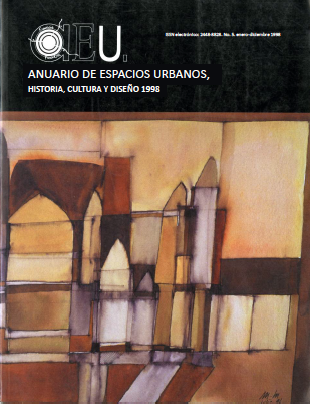Private Streetcars and Public Utopias: Urban Transportation and Chicago's City Body in the Early Twentieth Century
DOI:
https://doi.org/10.24275/MKNE4645Resumo
When the electric streetcar made its debut in Chlcago during the 1890s, it immediately assumed a central part in the city's physical expansion and politics. The trolley, as the electric streetcar came to be known, became the object onto which urban residents projected their hopes lor and lears over the development 01 the city. Reformers were mos! preoccupied by the need to unite a city they fe lt 10 be bolh ph~ically and politically fragmented, in their words, to uphold the notion 01 the city as body. The streetcar took on a central point withln tha! conception: on the one hand, re fo rm ers leared it míght further fragment Clty spaces along class lines; on the other hand, they hoped that by assuring mobility to all residents. it would help transcend new urban divisions. They envisíoned the streetcar as the "artery" 01 the city body.Downloads
Publicado
Como Citar
Edição
Seção
Licença
Copyright (c) 2018 ANUARIO DE ESPACIOS URBANOS, HISTORIA, CULTURA Y DISEÑO

Este trabalho está licenciado sob uma licença Creative Commons Attribution-NonCommercial-ShareAlike 4.0 International License.










